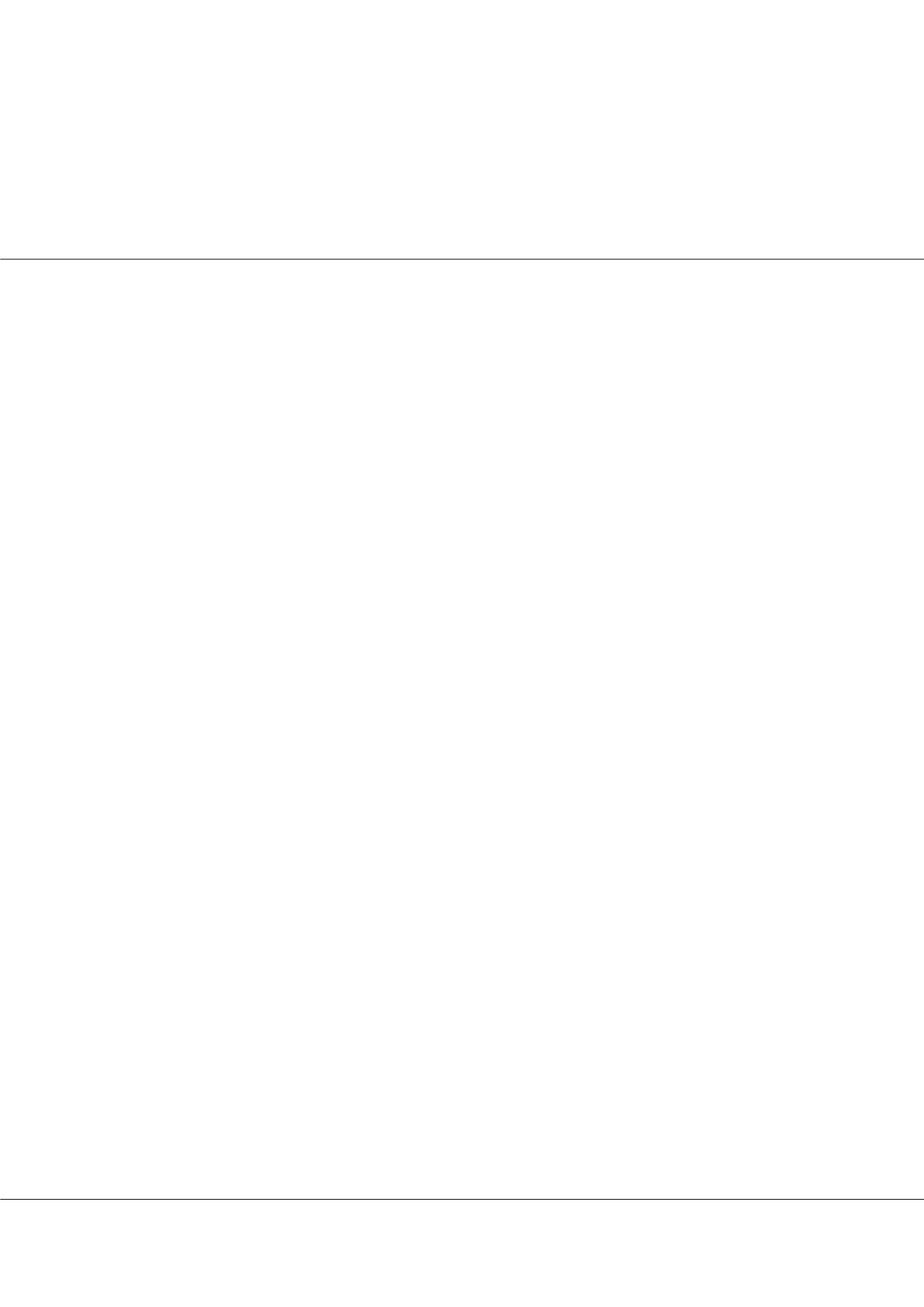

Page 77
Notes:
conferenceseries
.com
Volume 6, Issue 4 (Suppl)
J Nurs Care, an open access journal
ISSN: 2167-1168
Euro Nursing 2017
October 26-28, 2017
32
nd
EURO
NURSING AND MEDICARE SUMMIT
October 26-28, 2017 | Paris, France
Information literacy levels of nursing students: Comparison of students who take and do not take
nursing informatics course
Gurkan Ozden, Seher Cevik, Ebru gul
and
Seyhan Citlik Saritas
Inonu University, Turkey
Objective
: This study was carried out to determine the information literacy of nursing students who took and did not take the
nursing informatics course.
Methods
: The population of the study is composed of the first and second year students of Inonu University Nursing
Department. In the survey, sample selection was not made in the study, the entire population was tried to be taken and 265
students were reached. A personal identification form and an information literacy scale were used to collect the data. In the
analysis of the data, frequency, mean, standard deviation, one-way ANOVA and t-test were used.
Results
: 47.9% of the students who participated in the study were first year students, 60.8% were women. 37.4% of students
use internet for 8-21 hours a week and students use library on average 2.87 ± 3.7 times a month. The information literacy
averages of the first and second year students participating in our study were 123.4 ± 24.4 and 130.1 ± 22.3, respectively, and
the difference between the two groups was statistically significant (p<0.05). It was determined that there was a statistically
significant difference between the level of computer literacy and information literacy and that the difference was caused by the
group with insufficient level of computer use (p <0.001).
Conclusion
: As a result of the research, it was found that taking nursing informatics course significantly affected information
literacy. In the nursing education system, it is suggested to increase the knowledge courses and researches in this subject.
gurkan.ozden@yandex.comGurkan Ozden et al., J Nurs Care 2017, 6:4(Suppl)
DOI: 10.4172/2167-1168-C1-061
















